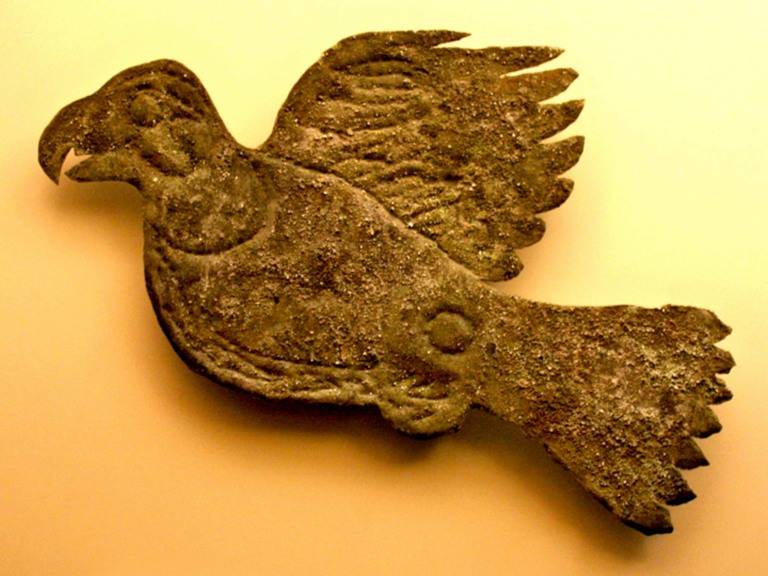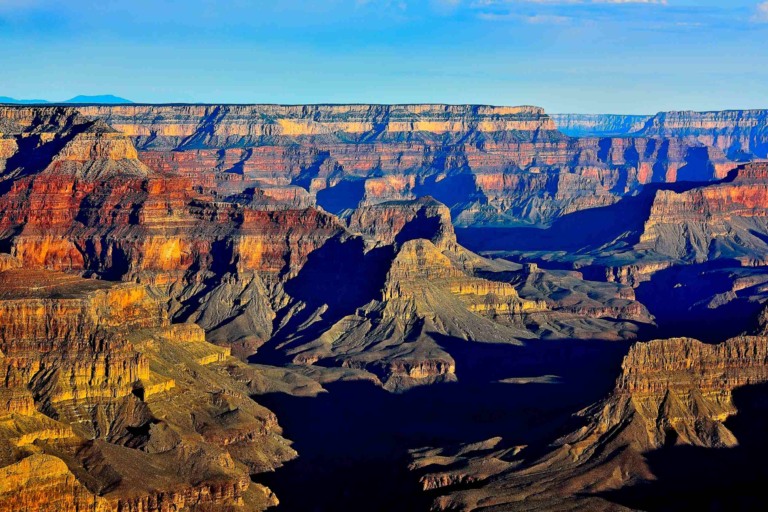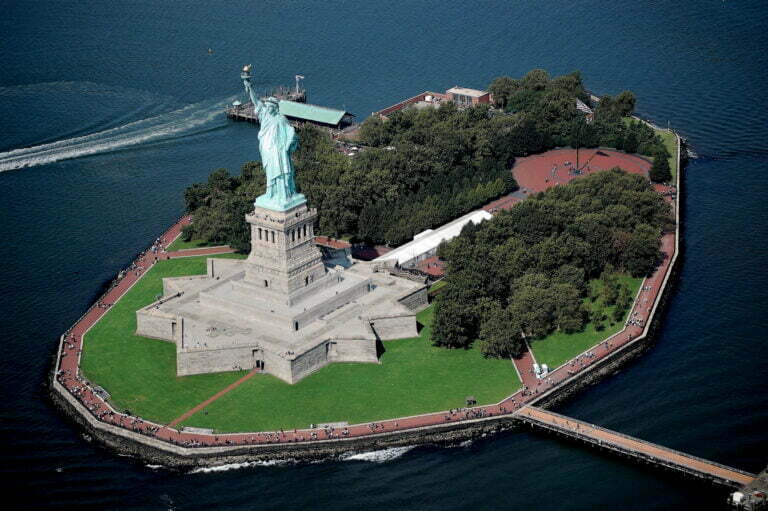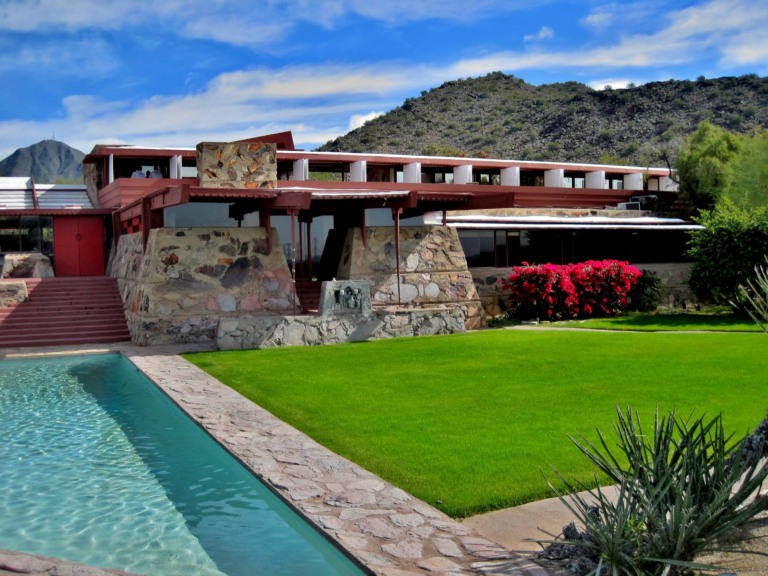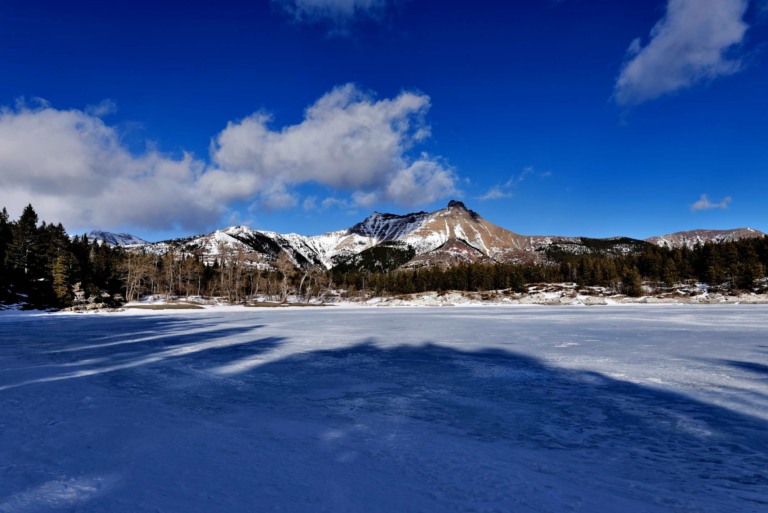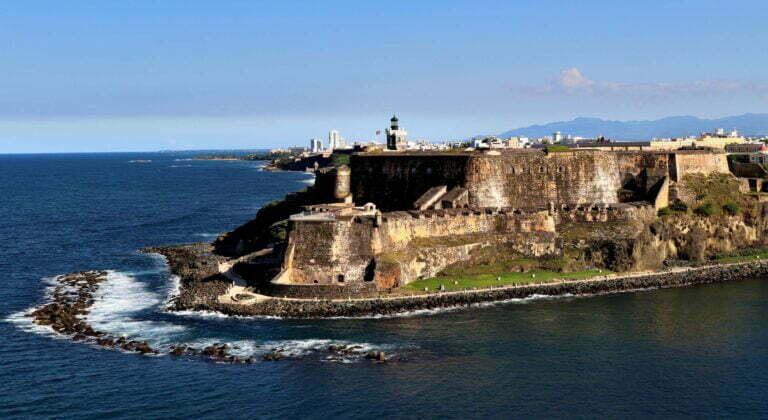Redwood National Park is made up of redwood forests that run alongside the Pacific Ocean north of San Francisco, USA, and was a UNESCO World Heritage Site from 1980 onwards.
Redwood National and State Parks
Redwood national and state parks are covered with a magnificent forest of coastal redwood trees. These trees are the world’s tallest and most stunning. The marine and land life are equally remarkable. Sea lions, bald eagles, and the endangered California brown pelican are particularly vulnerable.
Redwood National Park History
The Redwood National Forest was established in 1968 and expanded in 1978. The park has 40 miles (64 kilometers) of picturesque Pacific shoreline as well as virgin (old-growth) groves of ancient redwood trees, including the world’s largest tree.
It includes territory owned by three state parks: Jedediah Smith Redwoods, Del Norte Coast Redwoods, and Prairie Creek Redwoods, and encompasses an area of 172 square miles (445 square kilometers) of which more than one-third is old-growth forest.
Redwood National Park Facts
Redwood forests spanned from Crescent City to the California coast. The national park’s headquarters are located south of the Klamath River’s mouth, near the town of Orick.
Offshore, sea lions and harbour seals live. Above the seaside beaches and sea cliffs, bald eagles, double-crested cormorants, and endangered California brown pelicans glide. Summer fog offers more moisture to the redwood woods further inland.
The Roosevelt elk is the most regularly seen wild creature in the park, despite the presence of black bears. Coyotes, bobcats, blacktail deer, chipmunks, and squirrels are among the other animals that inhabit the area.
The park contains the coast redwood (Sequoia sempervirens). It is a fast-growing species with one of the longest lifespans on the planet. The average lifespan is 600 years. This is also the tallest tree on the planet.
Tall Trees Grove, in the park’s southern part, had a redwood named “Tall Tree” on Redwood Creek in 1963. That was astonishingly tall, standing at 367.8 feet (112.1 meters). Although its top ultimately broke off, it had a 14-foot diameter (4 metres).
Commercial logging, which continues outside the park, has diminished its extent. Redwoods may live for up to 2,000 years thanks to their thick, sapless bark, which protects them from fire. The park is well-known for hiking, backpacking, and camping.


